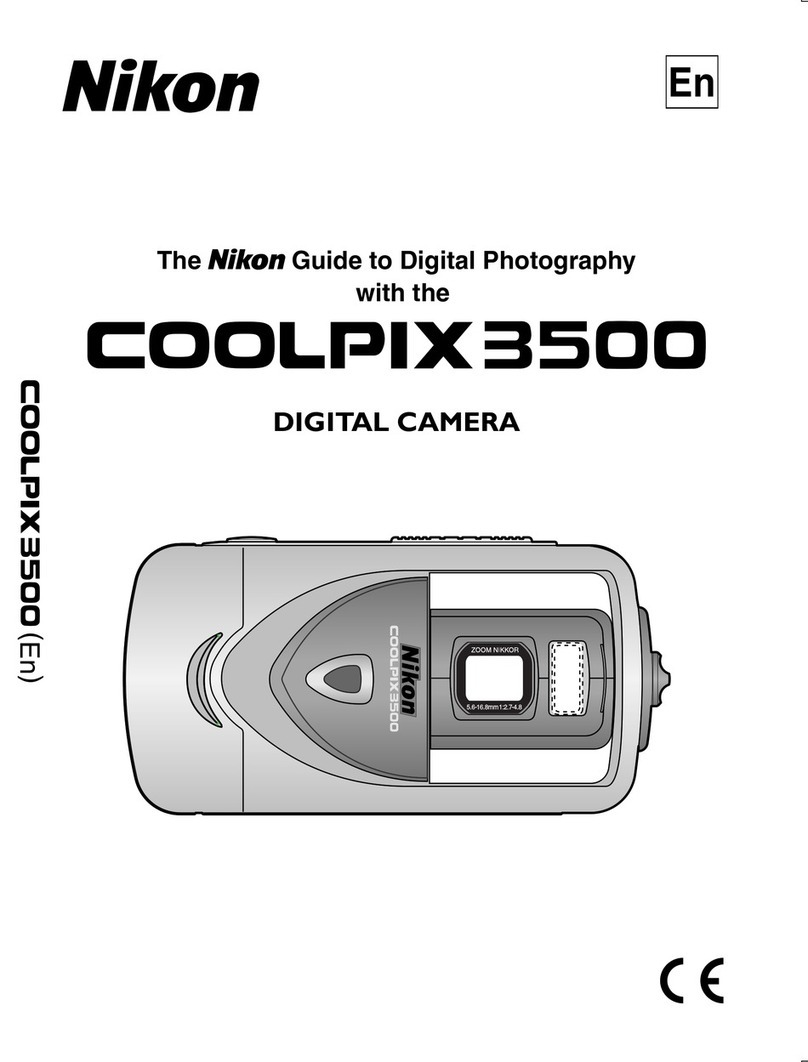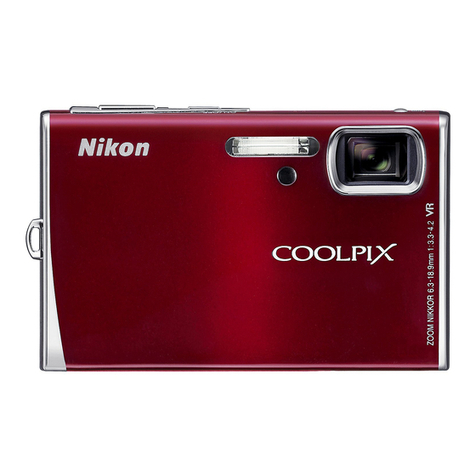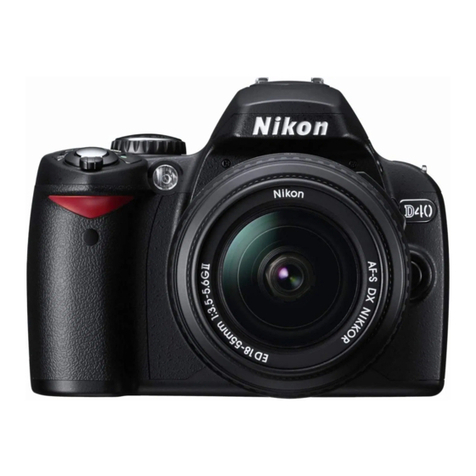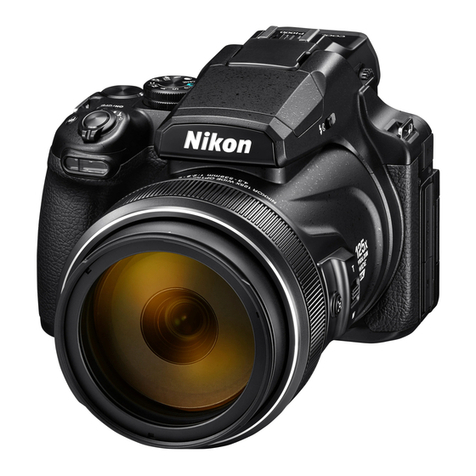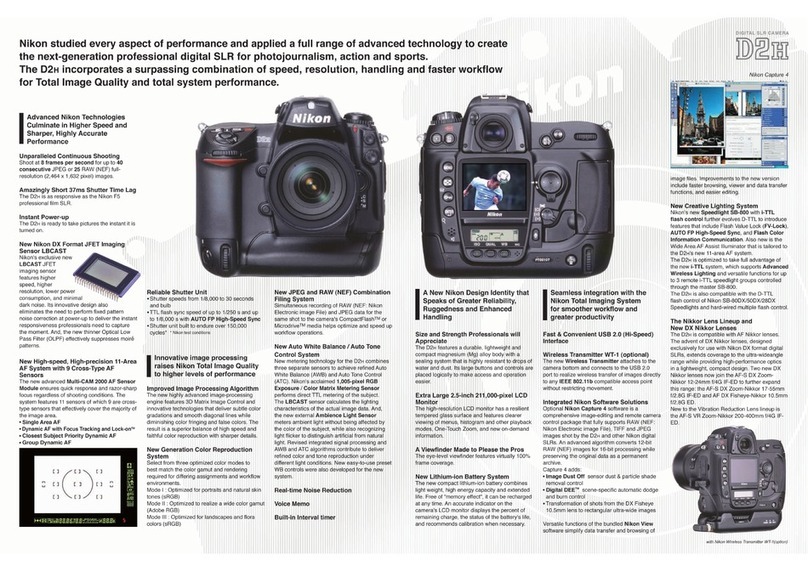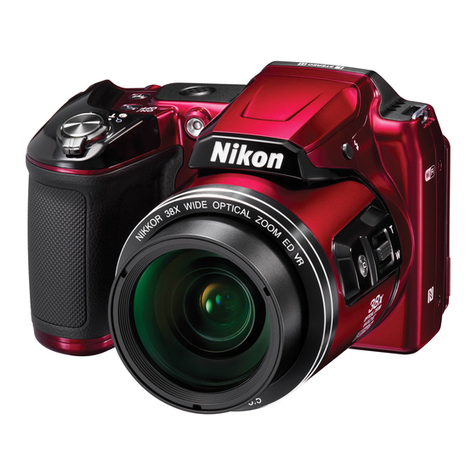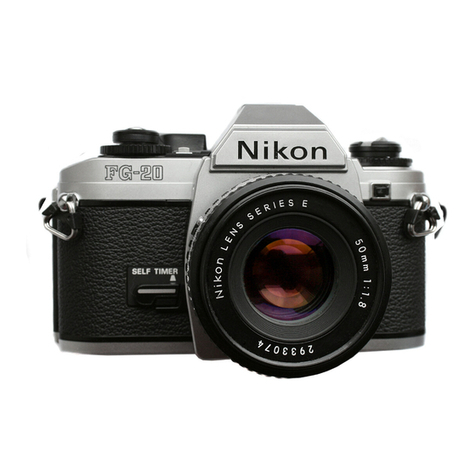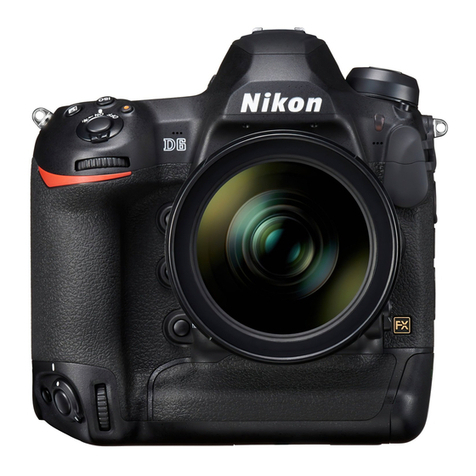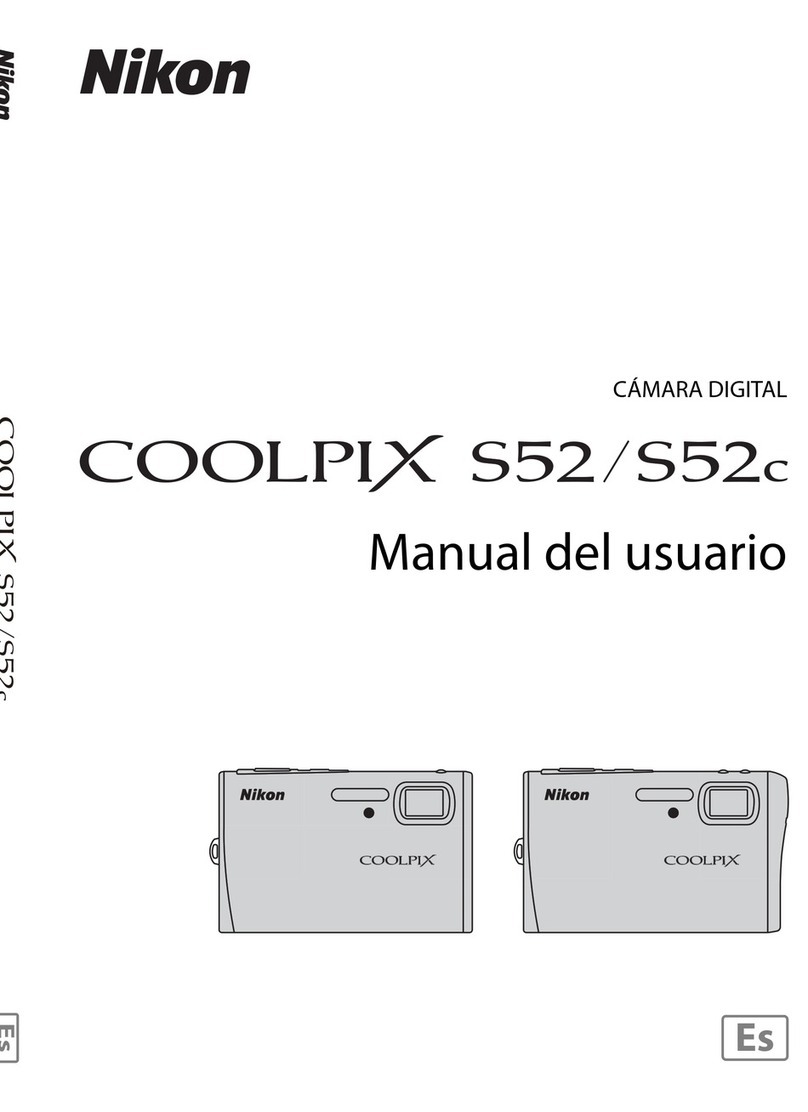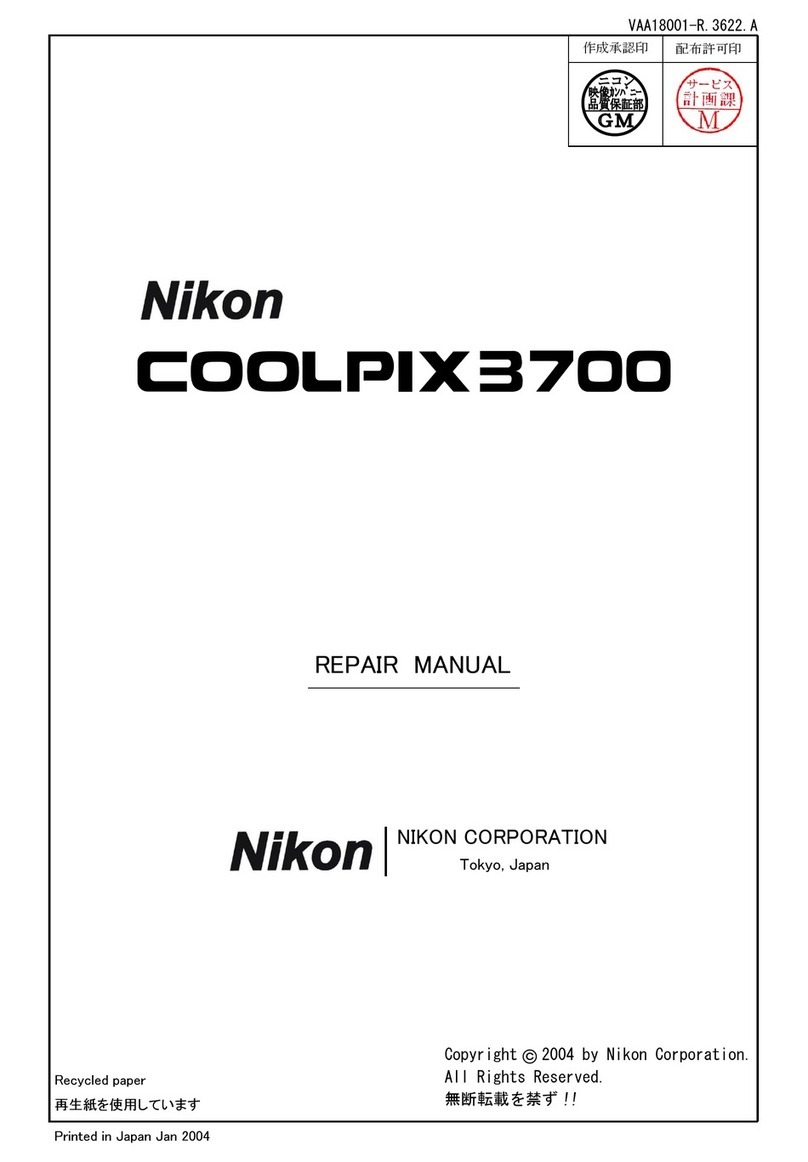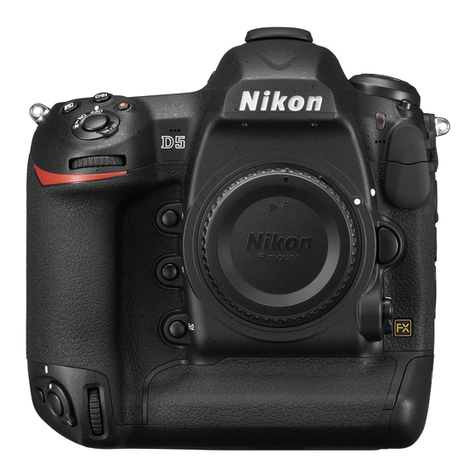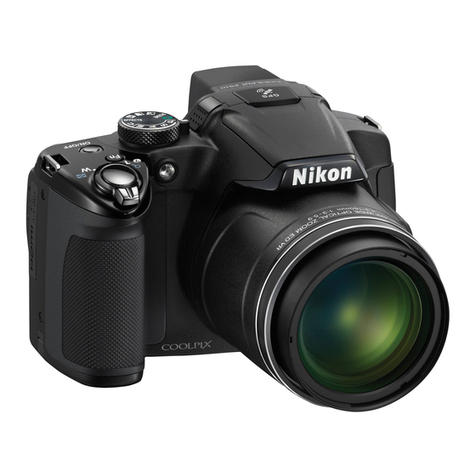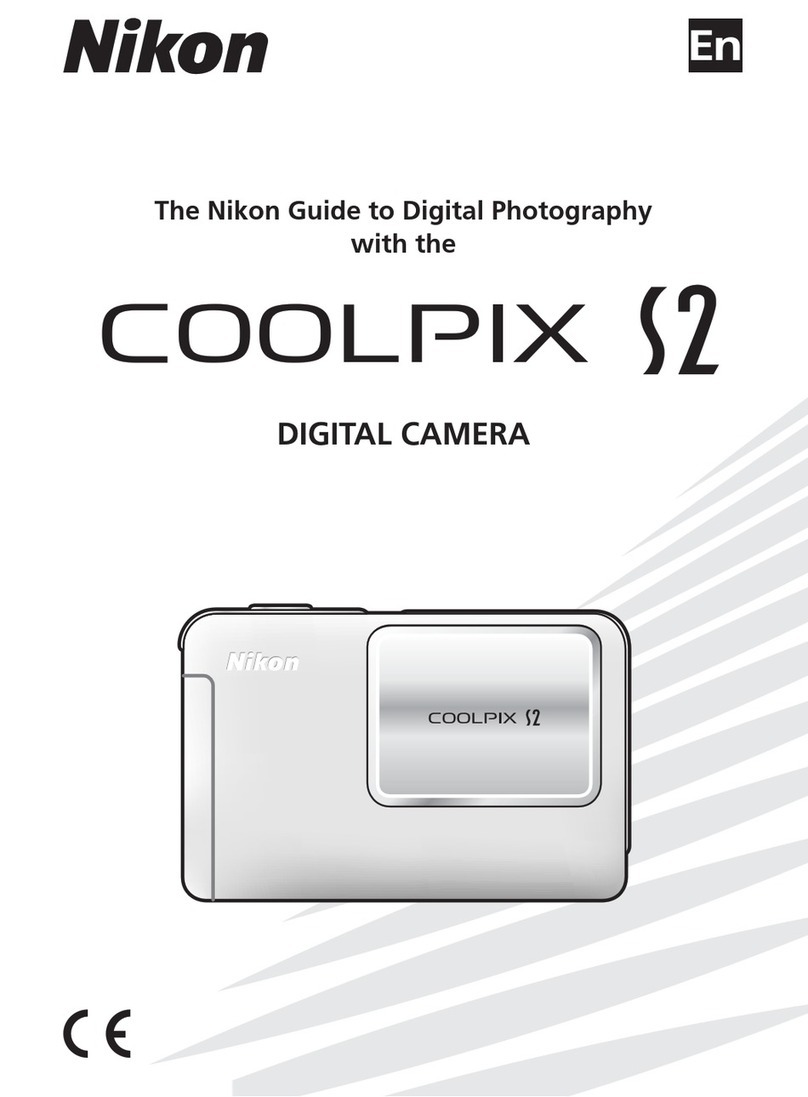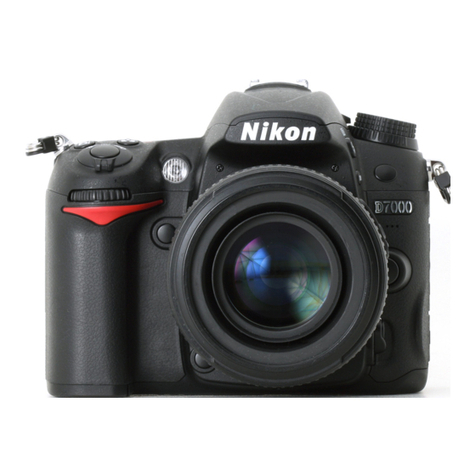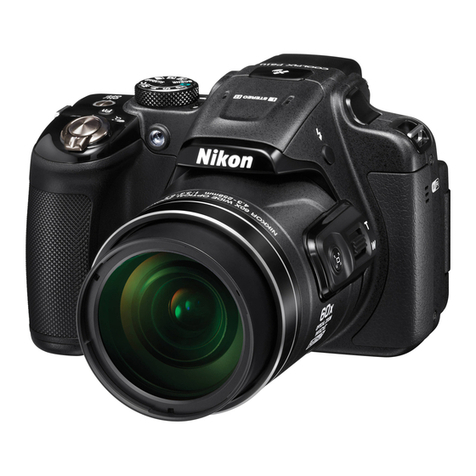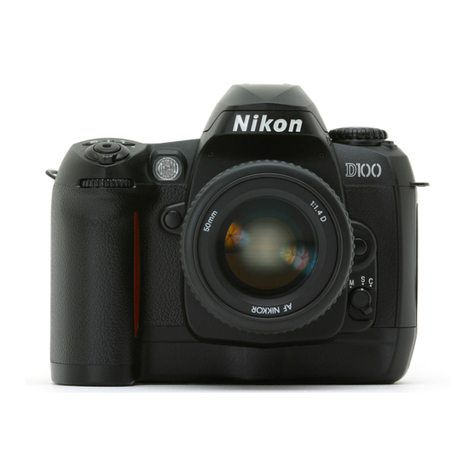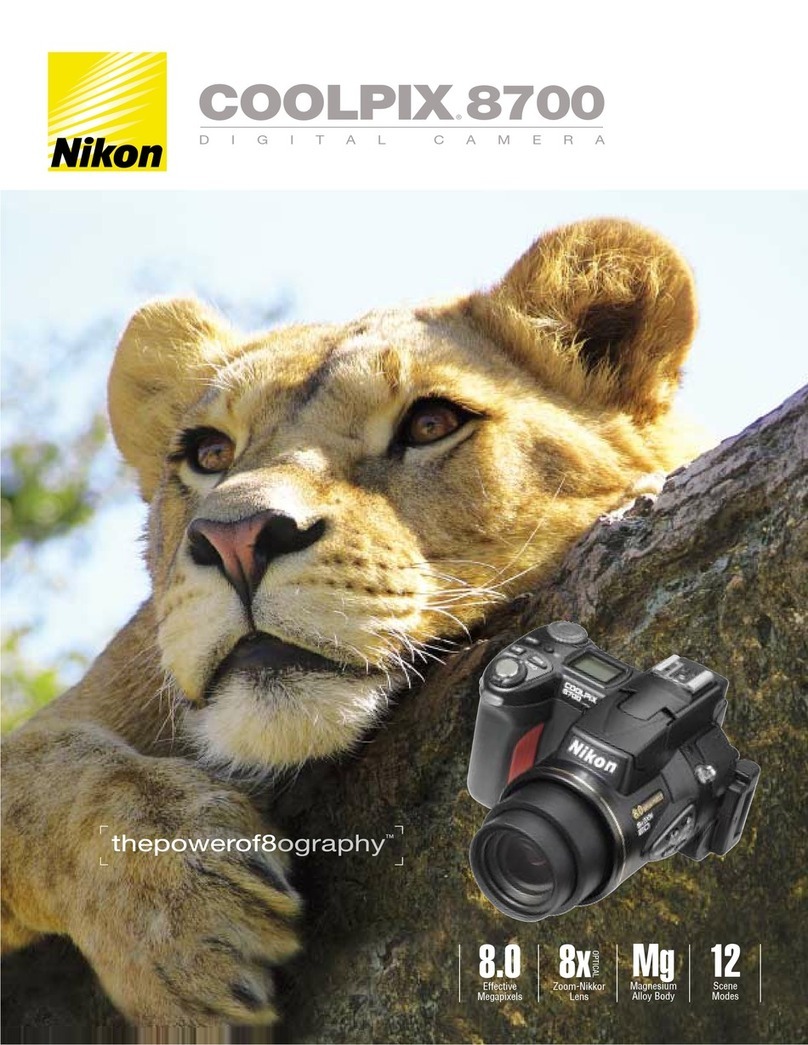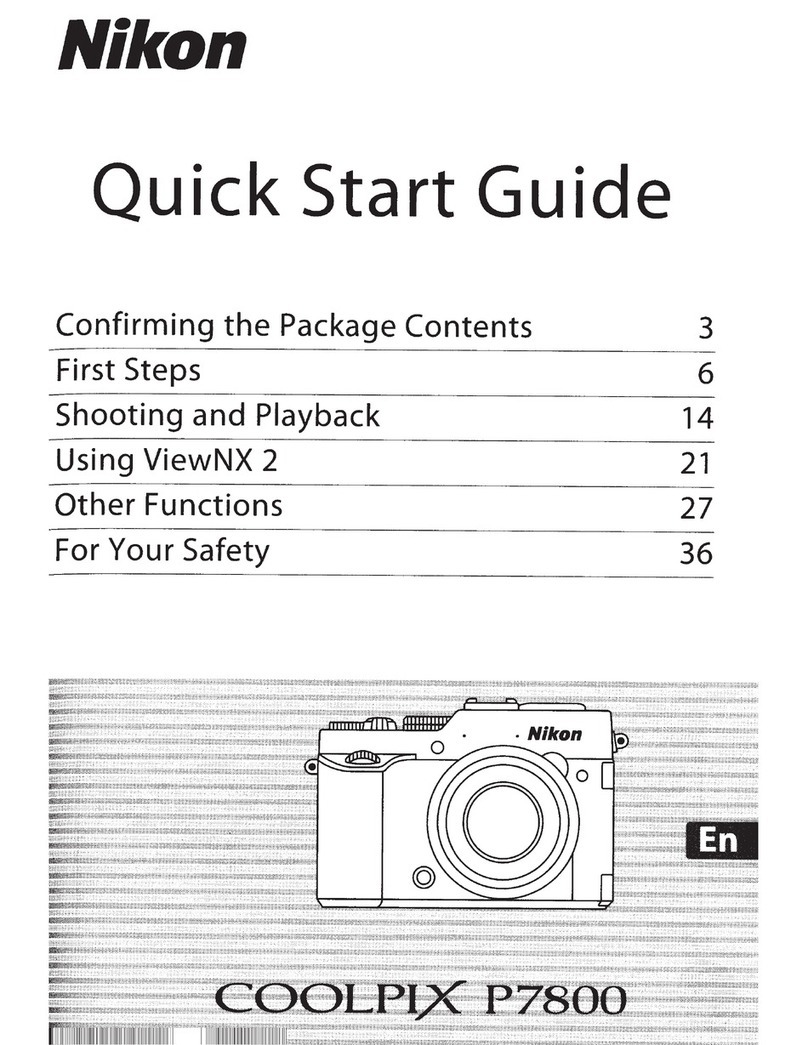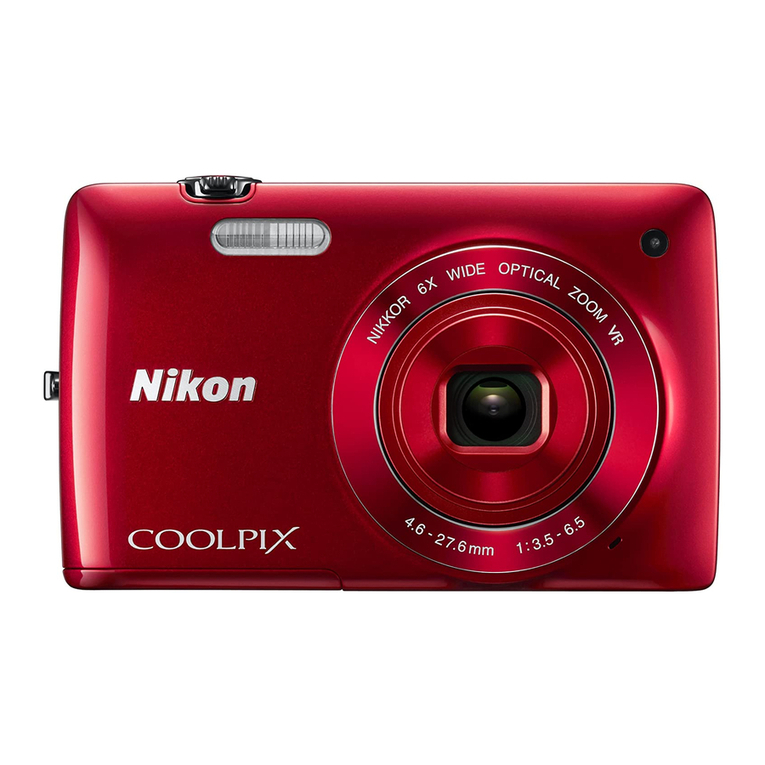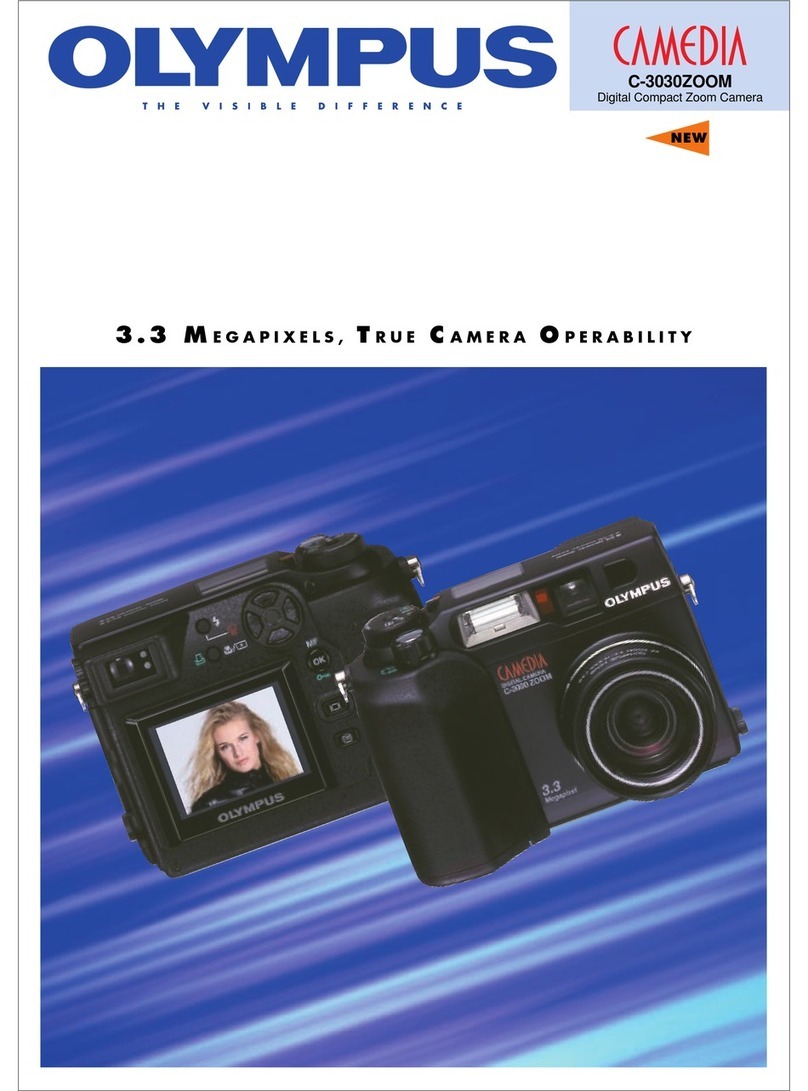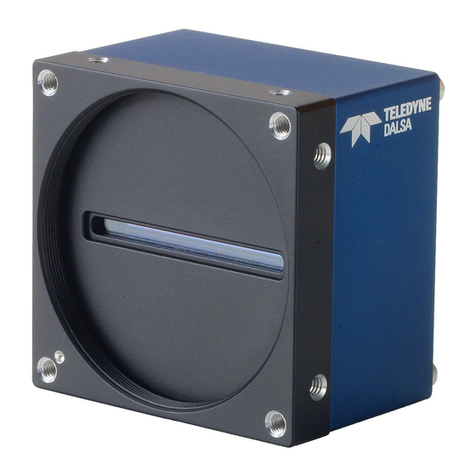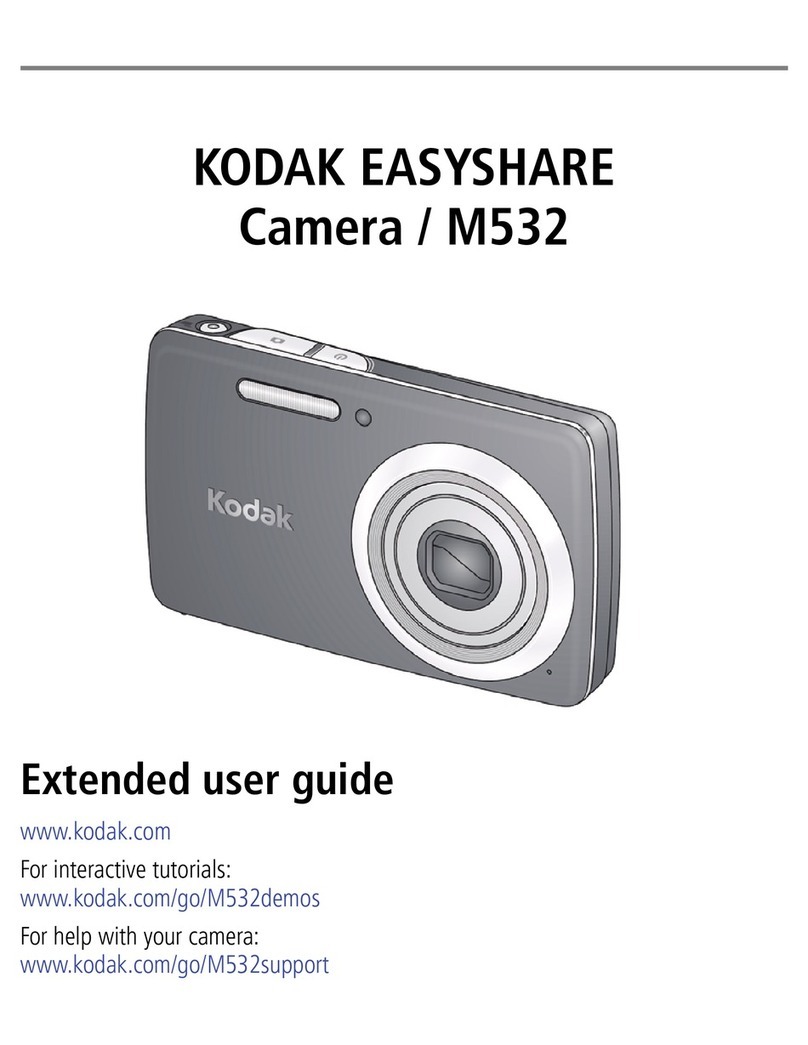Studio work, street photography at night ,
theater, track and field athletics, lo cation
shooting in both a field of sunflowers and the
desert under glaring sunlight.
I think o ne of the h eadli nes in this
brochure defines my experience with the
Nikon D3. It represents new territory. As
a shooter, I am always looking for ways
to expand and express my imagination.
This ca mera opens doors and pushes
limits I could not have even guessed at
when I started shooting digital a few
short years ago. While the camera looks
and feels like past Nikon models, there is
definitely a new engine under the hood.
This technology accelerates and enlarges
digital picture making. One of the photo
maxims I have always heard is "If I can
see it I can shoot it." That has not always
necessarily been true. Now, finally, it is.
Clients inc lude: Time Magazine, Nati onal
Geographic, Newsweek, ESPN Magazine and
The New York Times Magazine.
1110
Dave Black –
Sports Photographer (USA)
Used the D3 to shoot ice hockey, figure skating,
wakeboarding, basketball, gymnastics, and a
nighttime car race.
I believe the Nikon D3 Digital SLR Camera
will encourage photographers to think in
new and creative ways. There are many
new advances in this camera that will
help me produce better sports pictures,
including the shooting rate of nine frames
per second, increased dynamic range
and the FX sensor. But it is the extremely
clean high sensitivity level of ISO 6400
that is, in my o pini on, an in dustr y-
changing development. I will now be able
to capture fast action sports images in
low-light conditions and poorly lit indoor
venues with wonderful clarity and detail
suitable for the cover of any magazine.
Nikon’s D3 makes a seemingly impossible
situation achievable.
Clients in clude: Sports Il lustrate d, Ti me
Magazine, Newsweek, ESPN, The Wall Street
Journal, Reebok, Coca Cola and Visa.
Joe McNally –
Photojournalist (USA)
Captured Iceland's natural beauty while testing
the camera's durability and picture quality under
extreme conditions.
Wor k i n g for Nationa l Geogra phic i s
insp i ring, but v ery deman d ing. The
technical demands are always high, but
I believe that camera technology should
never stand in the way of my creative
process. That’s why my trial run with the
D3 was such a great experience. From
small ergonomic details to revolutionary
changes in speed, dynamics and handling,
the D3 performed incredibly. Features
like its larg e , h i g h - r e s o lution LCD
monitor, its greater dynamic range and
color r eproduction and its low-nois e
images at high ISOs are real strengths.
Furthermore, as I am frequently in far-
flung locations, repair shops are rarely
close at hand. I need my gear to work, and
the D3 was a real workhorse.
Clients include: National Geographic Magazine,
Audubon Magazine and Geo Magazine.
Mattias Klum –
Culture and Nature Photographer (Sweden)
The pursuit of new technology
Since the introduction of the first F-series cameras, Nikon
has helped refine the art of photography while pursuing
new and powerful forms of photographic expression. The
D3 fulfils both of these missions. Nikon's newest flagship
symbolizes the evolution of photographic technology,
defying preconceived limitations while responding to the
ever-changing demands of professional photographers.
In short, the D3 represents new territory – explore it for
yourself.
The pursuit of ideal picture quality
High resolution is only one aspect of superior pictures.
The image quality that passionate photographers deserve
should also include a wide sensitivity range, faithful color
reproduction, and fast, secure data processing. Nikon offers
all this and more with the D3, giving images more depth,
detail and atmosphere than ever before. Images of this
quality were once rare, but the Nikon D3 makes them all
part of a day's work.
The pursuit of superior operability
Professional photographers frequently have cameras
in their hands for hours – or even days – at a time. In
many ways the camera becomes an extension of the
photographer's body, and should therefore act that way.
That's why Nikon has always considered comfortable
and ergonomically-sound operation to be crucial to its
camera design. It is a multi-sensory experience – a bright
view finder for the eyes, the shape and texture of the
camera's exterior for the hands, even the right shutter
sound for the ear – with each aspect of the camera's design
crafted to eliminate distractions and help the photographer
to reach new creative heights. From a short shutter-release
time-lag to controls large enough to manipulate with gloves
on, Nikon has redefined operability. Again.
The pursuit of uncompromised quality
Nikon's philosophy is simple: no shortcuts. From design
through assembly to the showroom floor, uncompromising
standards me a n t hat ev ery camera produ ced is of
exceptional quality. Nikon cameras like the D3 are tested
relentlessly to ensure that they perform in any situation.
Nikon engineers punish new equipment mercilessly. They
expose cameras to extremes of cold, heat, moisture,
vibration and any other condition that may be encountered
on (and even above) the Earth. Standards like these are
rare, but for Nikon, they are essential.
The D3 is dedicated to photographers who defy limitations
and always seek to push photography forward.
• Lens: AF Nikkor 85mm f/1.4D IF • Image quality: 14-bit
RAW (NEF) • Exposure: [M] mode, 1/250 second, f/10
• White balance: Flash • Sensitivity: ISO 200 • Picture
Control: Standard
• Lens: AF-S NIKKOR 14-24mm f/2.8G ED • Image quality:
14-bit RAW (NEF) • Exposure: [M] mode, 1/1,000 second, f/4
• White balance: Direct sunlight • Sensitivity: ISO 6400
• Picture Control: Standard
• Lens: AF-S NIKKOR 14-24mm f/2.8G ED • Image quality:
14-bit RAW (NEF) • Exposure: [M] mode, 1/3,200 second,
f/4.5 • White balance: Auto •Sensitivity: ISO 320 • Picture
Control: Standard
D3: On Assignment
To prove the D3's uncompromising versatility, three of the world's top professionals
test shot with early models of the D3 on a wide array of assignments.
©Joe McNally
©Dave Black ©Mattias Klum
D3:
The Development
Concept
